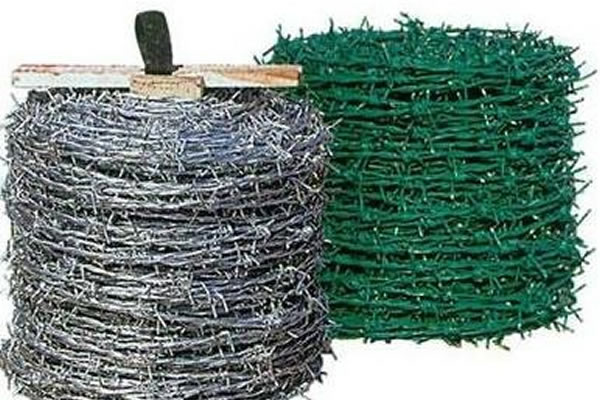 TEL:
+86-13102802206
TEL:
+86-13102802206
 Email:
fencenetting@china.com
Email:
fencenetting@china.com
 Language
Language
 TEL:
+86-13102802206
TEL:
+86-13102802206
 Email:
fencenetting@china.com
Email:
fencenetting@china.com
 Language
Language


The Importance of Temporary Hoarding in Construction Projects
In the realm of construction and urban development, temporary hoarding serves as a vital component in ensuring safety, security, and aesthetic considerations. As construction projects evolve, so does the necessity for effective barriers that not only protect the construction site but also mitigate disruption to the surrounding environment. This article delves into the significance of temporary hoarding in construction projects, highlighting its roles, types, and best practices.
Safety and Security
One of the primary purposes of temporary hoarding is to provide safety and security. Construction sites can pose numerous risks, ranging from falling debris to hazardous materials. Erecting sturdy hoarding helps to keep unauthorized personnel at bay, reducing the risk of accidents. Moreover, it protects pedestrians and nearby businesses from potential dangers associated with construction activities. By providing a secure perimeter, temporary hoarding ensures that the site is contained, minimizing liability for contractors and developers alike.
Aesthetic Considerations
Temporary hoarding also plays a crucial role in maintaining the aesthetic qualities of the surrounding area. Construction projects, especially in urban environments, can be disruptive and unsightly. By utilizing visually appealing hoarding designs, construction companies can enhance the visual appeal of a site. Many developers opt for creative and artistic hoarding that not only obscures the view of ongoing work but also engages the public. By incorporating murals or informative graphics, temporary hoarding can serve as a canvas to communicate the project's vision, fostering community interest and support.
Types of Temporary Hoarding

There are several types of temporary hoarding, each serving distinct purposes. Solid hoarding, typically constructed from plywood or metal, offers robust security and durability. It is ideal for high-rise urban developments or sites with significant construction activities. On the other hand, mesh hoarding, constructed from lightweight fabric or perforated materials, allows for ventilation while still providing a degree of security. This type is preferable for smaller projects or those in areas where aesthetics are a significant concern.
Moreover, customizable options such as printed hoarding allow for branding and promotional opportunities. Companies can utilize this space to display their logo, project information, and timelines, effectively turning the hoarding into a marketing tool. This not only informs the public about the project but also helps build excitement around the upcoming development.
Best Practices in Hoarding Installation
For temporary hoarding to be effective, adherence to best practices in installation is essential. First, ensuring compliance with local regulations and safety standards is crucial. This includes obtaining necessary permits and ensuring that the hoarding design meets structural requirements. Additionally, the materials chosen should be weather-resistant and capable of withstanding physical impacts.
Regular inspections and maintenance are also pivotal. As the construction project progresses, hoarding may endure wear and tear, necessitating repairs or replacements to maintain its integrity. Frequent checks help identify any safety issues before they escalate, ensuring continued protection for both the site and the public.
Conclusion
In conclusion, temporary hoarding is an indispensable aspect of construction projects. It provides safety and security for both workers and the public while enhancing the aesthetic quality of the environment. As construction continues to shape our urban landscapes, understanding the importance of effective hoarding ensures that projects can be completed efficiently and responsibly. By embracing innovative designs and adhering to best practices, the construction industry can continue to evolve while prioritizing safety and community engagement.